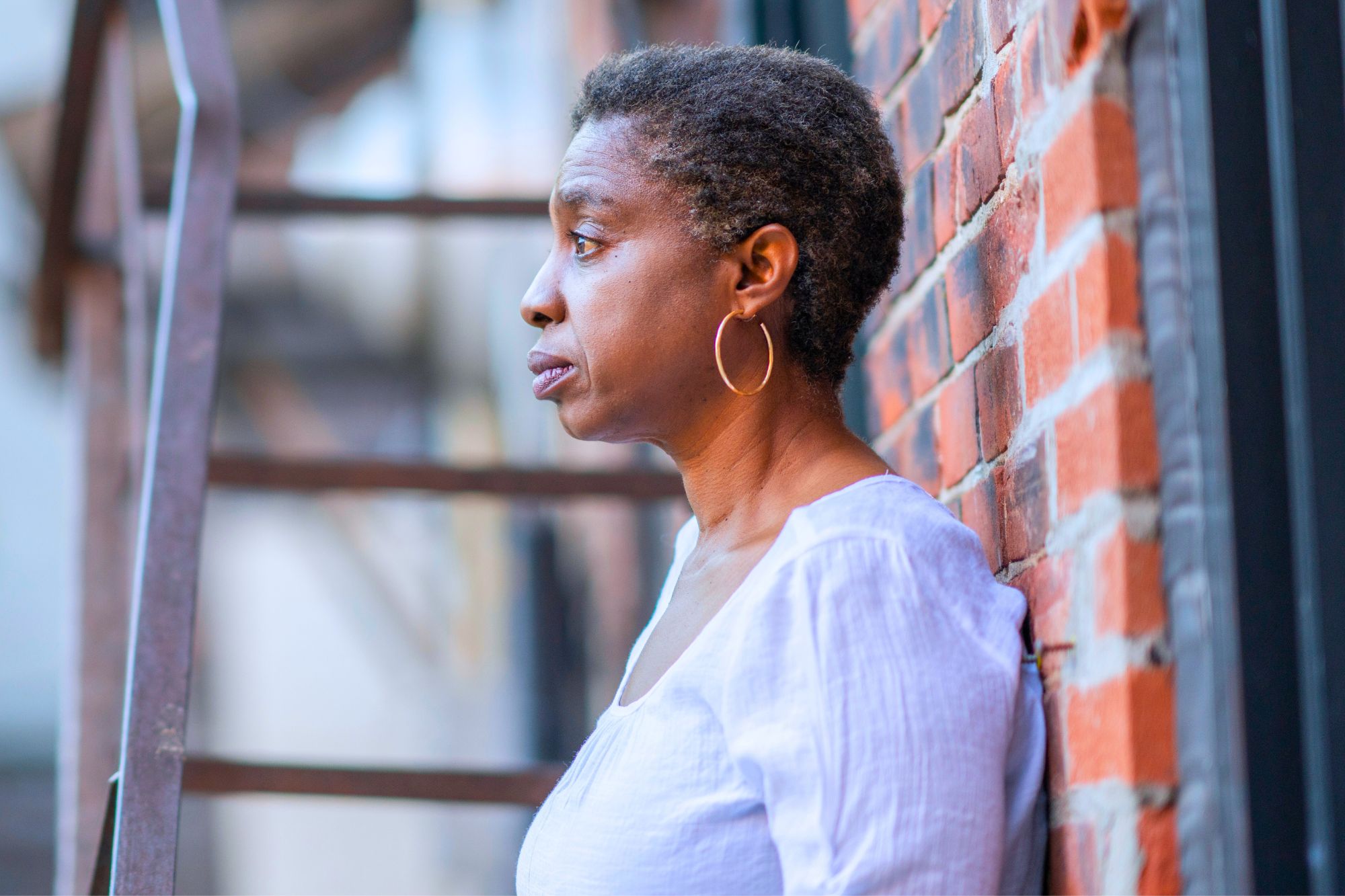
What Life After A Divorce At 50 Is REALLY Like
Divorce is difficult at any age but divorcing at 50 or later has unique challenges.
Divorce rates may be highest for people under 50; but divorce rates for those over 50 have practically doubled since 1990. And for those over 50 who are ending a second or third marriage, the statistics are even worse.
Life after a divorce at 50 is unique in both its immediate consequences and future outlook.
The upward trend of divorce after 50, led by the Baby Boomer generation, has been so dramatic that it now has its own epithet: gray divorce.
Obviously, there are characteristics unique to people and marriages in the “50’s+” stage of life.
Those who married in their 20’s or even 30’s have history — and probably children — together. Many spouses have been together for more than half their lives, making life after a divorce at 50 a veritable unraveling of a lifetime.
As life expectancies continue to climb and gender roles continue to equalize, there are more opportunities for individuals to grow. There are also more opportunities for them to grow apart. (A testament, perhaps, to the fragility of relationships and the need to invest in their sustainability.)
By the time people reach middle-age, children are beginning to leave home. And, while the idea of traveling, downsizing or redecorating may appeal to empty-nesters, the idea of life without the glue of “the kids” may not be so appealing. That final drop-off at college orientation can hit home in a stark way if spouses have left their marriage on the back burner for a generation.
Consider, as well, that more women are working outside the home, and there is now less stigma attached to being divorced and remaining single.
Divorce is always a journey of excavation and rebuilding. But life after a divorce at 50 has some characteristics unique to the age of the spouses parting ways. And many of those characteristics come as a surprise.
Any divorce will have the primary foci of children and division of assets. But divorcing late in life will involve unique considerations for both parties going forward, even if the children are grown and gone.
Let’s look at some of the biggest factors (and surprises) to be prepared for if you are considering or going through a late-in-life divorce and/or creating a new life after a divorce at 50:
The Children
Children are not immune to the effects of divorce just because they may have left home by the time their parents split.
In fact, it is often the older children who have a more difficult time compared to their younger siblings still at home. While the younger children adapt to the gradual, daily changes, older children who have left home experience those changes in big chunks. And in their eyes, it may all just be “too weird.”
Moral of the story? Don’t assume that you are sparing the children by waiting to divorce if your marriage really needs to end.
The Divorce Process
Even in the most amicable divorces, the process takes an emotional and financial toll.
When divorcing late in life, there are usually more amassed assets. And the money spent on attorneys hired to fairly divide them can take a big slice out of what both partners walk away with.
The Finances.
Life after a divorce at 50 can be especially challenging financially. By the time two people have spent a couple decades or more together, their finances are fairly complicated.
There is usually increased wealth, but a contrasting decrease in the ability to recover from financial setbacks. There simply isn’t enough time left to make up for what could be lost, both in the divorce and in future investments.
There are also Social Security benefits, pension plans and retirement plans to consider. It’s not just their current value that matters, but their future value and the age, health and future earning potential of both parties.
There are also tax considerations to take into account when dividing and distributing assets, especially retirement funds.
It is imperative that both parties and their attorneys have a full inventory of assets and debts. Living in a community property state can mean a rude awakening to a partner who hasn’t been as involved in the financial details of the marriage as the other partner.
Having both an attorney and financial advisor onboard can help with understanding your options and planning for a future with limited earning years left.
The Job Market
Especially for women who have devoted their marital lives to raising children or supporting husbands in demanding careers, the job market can be bleak.
Starting life after a divorce at 50 can be like starting a race on the final lap. “How am I going to make enough money to survive? I’ll be working the rest of my life!”
The Pain
Even if the marriage wasn’t a happy one, adjusting to life alone can be painful.
By this late stage in life, many couples have been together longer than they have ever been without one another. And some have never been alone.
If there are children involved, having to share custody will mean they are not around all the time. And this just adds to the loneliness.
The Loss Of Friends
You wouldn’t think your friends would bail just when you need them most, but divorce can divide more than just marriages and assets.
It is not unusual for married friends to drift away after your divorce, or for divorced friends to compare your circumstances to theirs.
Being proactive about expanding your networks can help to ensure that you have both a support group and a social group as you go through your divorce and start your new life.
The Financial Fall-Out And Cost Of Living
Of all the “shockers” to starting a life after a divorce at 50, the most hard-hitting tends to be the financial devastation left in the wake of the split.
From basic living expenses to insurance and the IRS, the cost of living per person favors the married.
And women tend to take a harder hit. After a divorce, women recover emotionally more quickly than men, but suffer financially much longer.
Given that women still carry the majority of the responsibility for childcare, they usually don’t have the same career and earning opportunities.
Women also live longer than men, which means they may be living longer with less.
Despite the negative consequences to divorcing later in life, there is the unexpected benefit of having a fresh start and getting to create what you want.
By going into your divorce with your eyes wide open and your financial matters, advisors and support system in place, you can push forward into a new comfort zone. You can create a meaningful and fulling life after a divorce at 50 or more.
I’m Dr. Karen Finn, a divorce and life coach. I help people adjust to life after a divorce at 50 or any other age. You can join my newsletter list for free weekly advice. If you’re interested in taking the first step toward working with me, you can schedule an introductory private coaching session.
Looking for more information about adjusting to life post-divorce? You’ll find what you’re looking for in Life After Divorce.
Related Posts:
What You Must Do To Have An Ah-Mazing Life After Divorce
By doing this one thing you can guarantee yourself a happy life after divorce.
Read More7 Tips for Dating After Divorce
Dating after divorce can be tough. But with these 7 tips dating can be a great addition and make your life after divorce more fun.
Read MoreCelebrate Your Life After Divorce! Don’t Just Get Through It.
Your life after divorce doesn’t have to be filled with pain and misery. Implement these easy tips and start feeling happy again.
Read More


